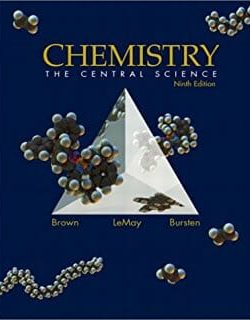Description
Chemistry: The Study of Matter and Its Changes, Sixth Edition will provide the necessary practice, support and individualised instruction that ensures success in the General Chemistry course. This text provides the forum for problem solving and concept mastery of chemical phenomena that leads to proficiency and success in the General Chemistry course.
This edition will continue a “molecular basis of chemistry” tradition, but in a manner that overtly and repeatedly reinforces the way properties at the molecular level are related to properties we observe at the macroscopic level.
The unique “chemical tools” approach employed in this book provides a way of thinking that helps those students develop the ability to analyse and solve both mathematical and conceptual problems. This text follows the successful three-step approach described as “ANALYSIS,” “SOLUTION” and “IS THE ANSWER REASONABLE?” This encourages the student to think about the problem before attempting to solve it, then working through the solution, and finally asking the important question “Does the answer make sense?” There are problem sets called “Bringing It Together” that contain problems which require students to bring together concepts from two or more of the preceding chapters. This reinforces learned concepts and builds concept mastery.













Leave us a comment
2 Comments